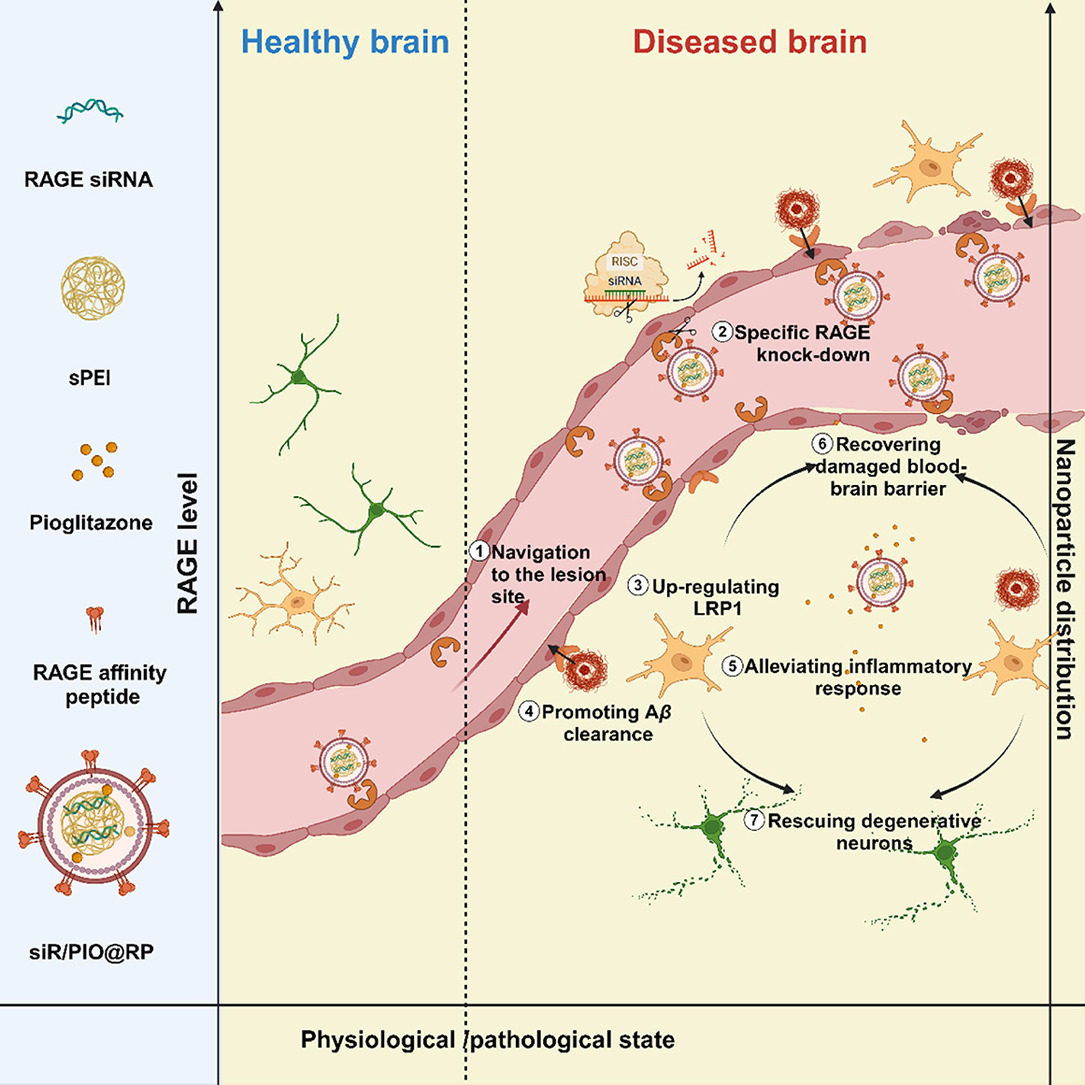The Lancet Regional Health - Europe, Volume 41, June 2024
One Earth, Volume 7, 21 June 2024
Canadian Journal of Cardiology, Volume 40, June 2024
First Nations Health and Wellbeing The Lowitja Journal, Volume 2, 2024, 100019
This study, led by Indigenous scholars at the University of Queensland, examines the health and social outcomes of Indigenous peoples and health workers during pandemics in urban settings. The study incorporates systems thinking, emphasising new approaches to complex problems. The research highlighted systemic challenges in pandemic responses, emphasising the need for policy reform, particularly in areas like housing.
Geoderma Regional, Volume 37, June 2024
First Nations Health and Wellbeing - The Lowitja Journal, Volume 2, 2024, 10002
The findings contribute to a deeper understanding of the unique social and emotional wellbeing needs of Aboriginal and Torres Strait Islander peoples accessing home-based aged care services and have significant implications for current and future aged care reforms in Australia.
Acta Pharmaceutica Sinica B, 2024, ISSN 2211-3835
The study introduces a nano-modulator that targets the damaged blood-brain barrier in Alzheimer’s disease. This modulator releases therapeutic agents that reduce amyloid-beta load, alleviate neuroinflammation, and restore neurovascular unit function, showing potential for Alzheimer’s treatment.



